WHY CROSS-COUNTRY SKIING IS THE BEST WINTER CROSS-TRAINING FOR SWIMMERS
When the weather turns cold, finding a good cross-training alternative to supplement your swimming is key to staying fit and improving your strength. While you should always be doing some form of dryland to build core body strength, one of the best and most enjoyable winter activities for a swimmer is cross-country skiing.
This article will break down why this sport is so beneficial, exploring how both classic and skate skiing styles work similar muscle groups you need to become a stronger, more powerful swimmer.
Dive Into: Cross-Country Skiing for Swimmers
- Setting the Stage: Skiing vs. Swimming
- The Ultimate Core Workout on Skis
- Classic Style: Building Your Pulling Muscles
- Skate Style: A Breaststroker's Best Friend
- A Word of Caution: Ankle Flexibility
- Frequently Asked Questions
Setting the Stage: Skiing vs. Swimming
I am not implying that cross-country skiing mimics the exact same movements you should do in the water. However, there are some very similar muscle groups being worked.
As you may know, there are two major types of cross-country skiing styles: classic and skate style. Different skis are usually needed for each, but it's helpful to understand the basics. If you are interested in learning more about cross-country skiing in general, you can read more here.
The Ultimate Core Workout on Skis
One of the main body elements that get utilized over and over during swimming is your core. Having a strong core is a must, as it helps you keep your body in line, rotate your hips, and power your kick.
In cross-country skiing, the first skill you need to acquire is balance. The more you ski, the easier it is to glide without feeling like you are on a balance board. And guess what? This constant balancing is the exact type of core-strengthening workout you need for swimming.
🎥 Watch: Cross-Country Skiing in Action
Classic Style: Building Your Pulling Muscles
Other muscle groups that are majorly used during swimming are your shoulders, lats, and triceps. A similar concept applies in cross-country skiing when you use ski poles to help you move forward.
In the classic cross-country ski style, you can move your arms and legs in an alternating motion (like freestyle) or move only your arms in a parallel "double-poling" movement (like butterfly). While the arm motion is not a perfect match for a high-elbow catch, the poling action gives your shoulders, lats, and triceps an incredible workout. If you pay attention to finishing your push all the way back, your triceps will be singing the next day.
To make it more interesting, try pushing with both poles on only one side of your body. This will introduce rotation and fire up your obliques.
It is a well-known fact that swimmers tend to over-utilize their arms when they cross-country ski and forget about the kick. For the leg kick to work in classic style, you need to make sure your skis are waxed right.
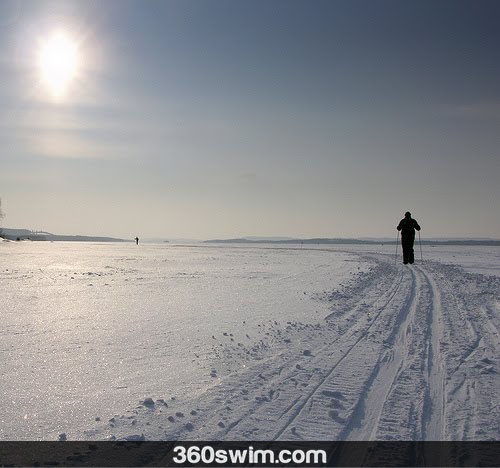
Skate Style: A Breaststroker's Best Friend
During the skate cross-country ski style, your legs move in a V-shaped pattern. This makes it a fantastic alternative for strengthening the major leg muscles used in the breaststroke kick. To really isolate your legs, try skate skiing up a few hills without using your poles.
You will also notice that the upper part of your foot might be sore from holding the tip of the ski up. This is the same muscle group that gets worked when you focus on your breaststroke ankle angle.
(Disclaimer: remember that in breaststroke, you push water behind you, whereas in skate skiing you push down and out.)
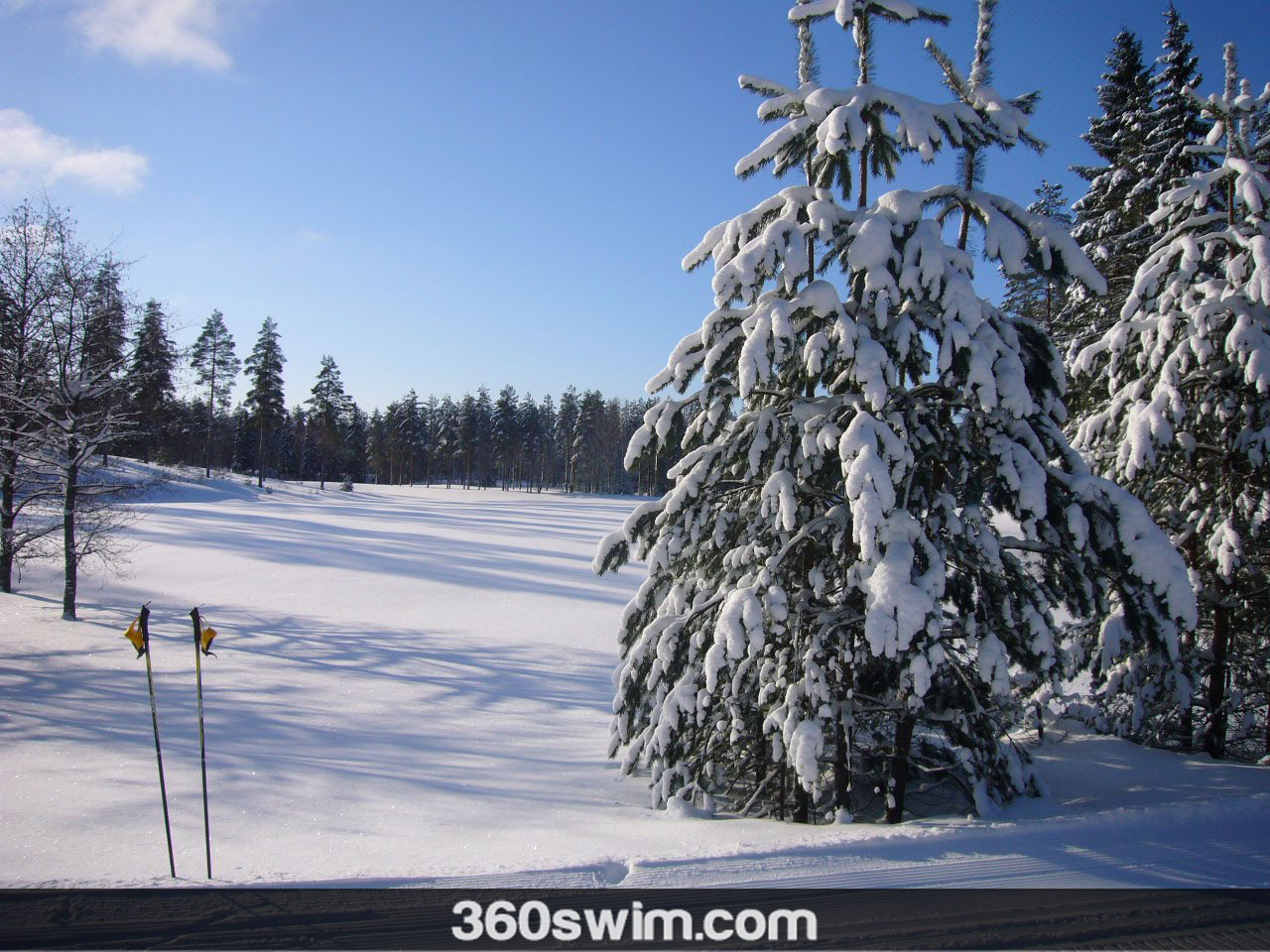
A Word of Caution: Ankle Flexibility
As with any dryland activity, cross-country skiing strengthens your ankles, which is not ideal for swimming since your ankles need to be loose to eliminate drag.
The rigid ski boot can cause your ankles to tighten up. Therefore, make sure you keep up with your ankle stretches each time you get done with skiing to maintain your flexibility.
So, if you live in a country where snow covers the ground, you now have an excuse to dust off those old cross-country skis from your cellar. If not, you can get a similar workout by using ski poles with your rollerblades or rollerskis. You will love it, I promise. Just be careful not to fall :).
Frequently Asked Questions
Why is cross-country skiing such good cross-training for swimmers?
Cross-country skiing is a full-body, low-impact workout that builds incredible endurance. More importantly, it strengthens the exact same muscle groups swimmers rely on: a strong core for balance, and powerful lats, shoulders, and triceps for pulling.
How does classic-style skiing help my swimming?
Classic skiing, especially the double-poling motion, is a perfect simulation of the pulling muscles used in swimming. It heavily engages your lats, triceps, and core. The alternating arm/leg motion also mimics the rhythm of freestyle.
How does skate-style skiing help my swimming?
The V-shaped leg motion of skate skiing is a fantastic workout for the major leg muscles used in the breaststroke kick. Skiing without poles in the skate style is a great way to build leg strength and endurance.
Will cross-country skiing improve my core strength?
Yes, immensely. The entire sport is an exercise in balance. Constantly gliding on narrow skis forces your core muscles to fire continuously to keep you stable, which is the exact type of strength needed for a straight, streamlined body position in the water.
Are there any downsides to cross-country skiing for swimmers?
The main potential downside is that the rigid ski boot can tighten your ankles. Since swimmers need loose, flexible ankles, it's very important to stretch your ankles thoroughly after every ski session to counteract this.
 LNURL1DP68GURN8GHJ7URP0YHRXD3SWDMKJMFWVDHK6TMVDE6HYMRS9A4HSCNCWFXSH3NN0H
LNURL1DP68GURN8GHJ7URP0YHRXD3SWDMKJMFWVDHK6TMVDE6HYMRS9A4HSCNCWFXSH3NN0H
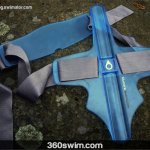



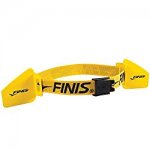
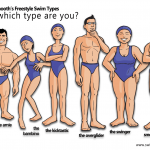







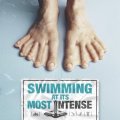
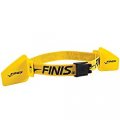
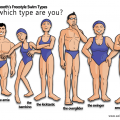
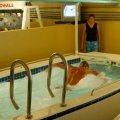




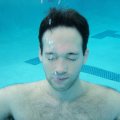
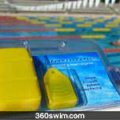


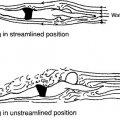

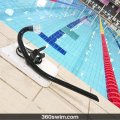



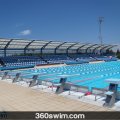

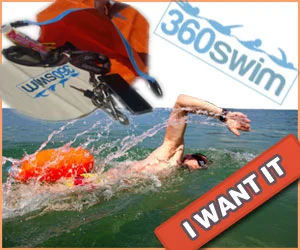

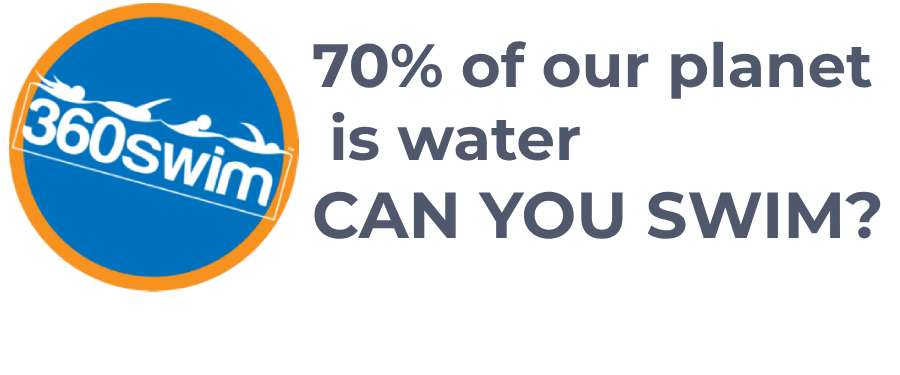
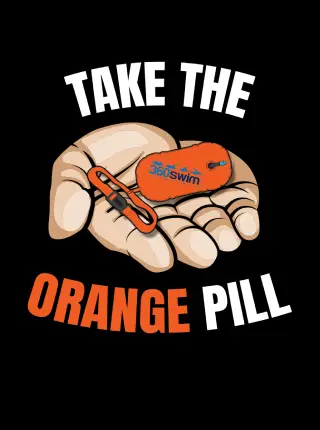
Comments (3)
Sam